Text by Caterina Sbrana.
The pandemic from Sars Covid-19 has accustomed us to receive messages of cultural events, exhibitions, concerts, shows that are cancelled. Museums and art galleries have also closed public visits.
However, digital technology is trying to bridge physical distances by allowing people to enjoy culture even staying at home.
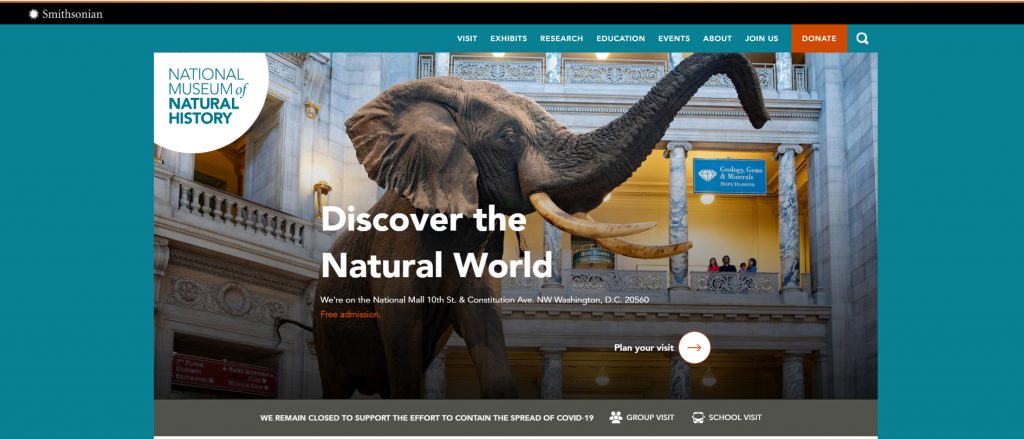
From now on it begins the virtual tour of the Natural History Museum; Image from: https://naturalhistory.si.edu
There are many museums that have begun to offer digital tours and virtual exhibitions however others already had these tours before Covid-19. In this article I would like to present the Smithsonian National Museum of Natural History digital offering that ranges from virtual tours of exhibits to distance learning resources.
First I would tell you why I chose the virtual tour proposed by the Smithsonian National Museum.
The navigation in the site is simple and fast; the graphics of the site, is excellent, very clear and understandable even by people not familiar with the web; thanks to the toolbar that allows you to move your mouse left and right you can easily continue in the path choosing which section of the museum/site to visit.
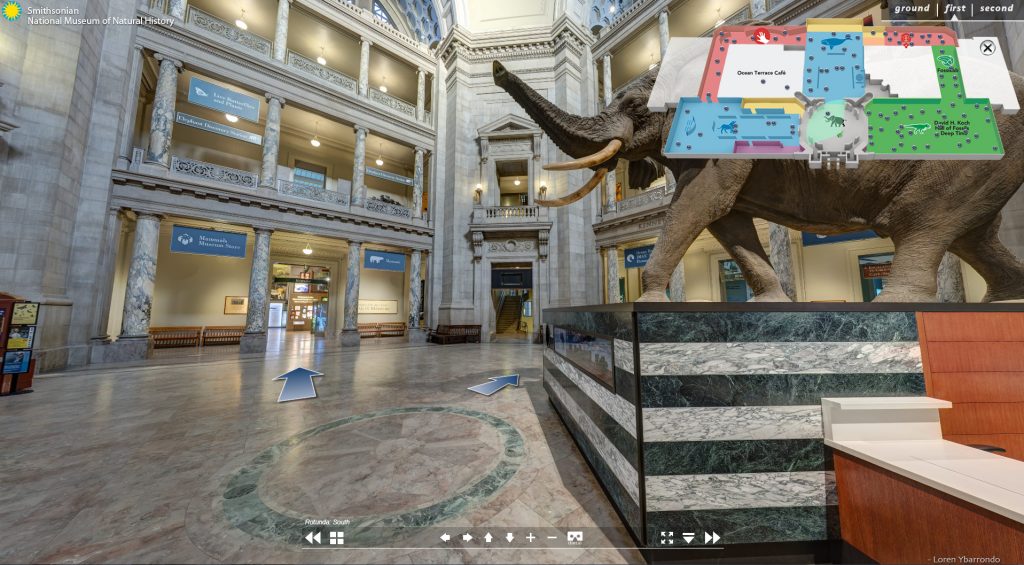
This photo shows us the beginning of the tour and the rooms we can visit; Image from: https://naturalhistory2.si.edu/vt3/NMNH/z_tour-022.html
It’s great for teachers, because it contains several sections with images that allow you to know not only the different habitats and animals that inhabit them, but also the history of man and its evolution.
The quality of the photographs is excellent; the layout of the exhibition is extremely effective.
The virtual visit to the Smithsonian National Museum of Natural History allows visitors to make independent guided tours, room by room, from their desktop or mobile device.
The virtual tour is also recorded in several videos and a narrator explains with simple words the section.
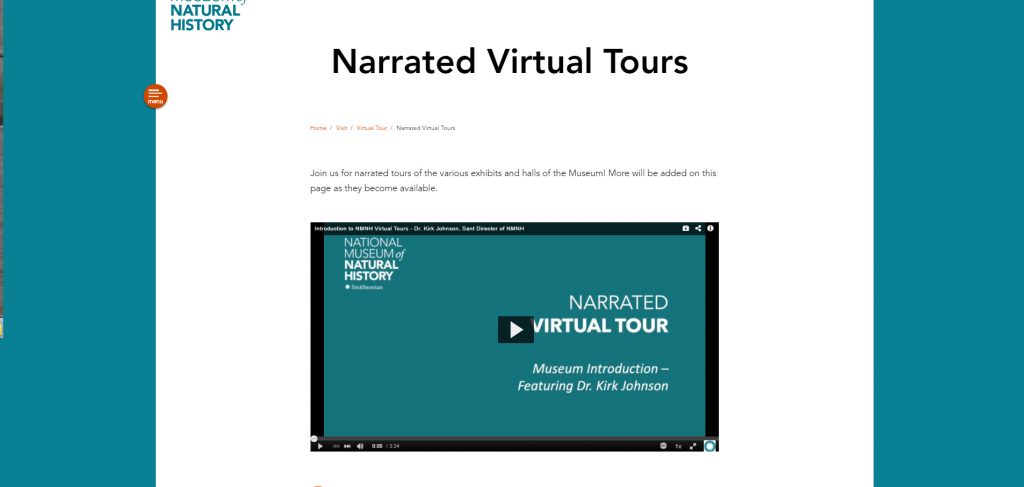
The page to enter in one of the narrated virtual tours; Image from: https://naturalhistory.si.edu/visit/virtual-tour/narrated-virtual-tours
If we decide to enter the section of the museum related to Africa we can admire different animals and hunting scenes and discover the natural environments. Then, we can decide whether to continue the visit to the territories of the southern hemisphere or North America.
I suggest you to watch the video with the narrated tour of the Hall of Human Origins illustrated by the researcher Dr. Diana Pobiner. I found it very interesting because it answers some essential questions about human life “who are we?”, “how did we become human?”.
Kirk Johnson, Sant Director of the Smithsonian National Museum of Natural History, reports that this is the most visited virtual museum in the world, where people can “find detailed information about our exhibits, events, collections, scientific research and educational programs” and specifies that “the museum’s mission is understanding the natural world and our place in it”.
Once again we discover that, thanks to technology and the web, especially in this period when people move less, we can continue to increase our culture using our digital devices.
https://naturalhistory.si.edu/explore-at-home


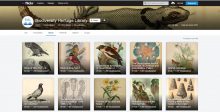

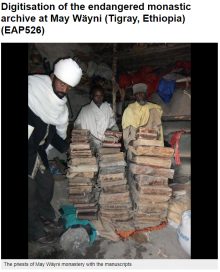

 If you have interesting news and events to point out in the field of digital cultural heritage, we are waiting for your contribution.
If you have interesting news and events to point out in the field of digital cultural heritage, we are waiting for your contribution.
























